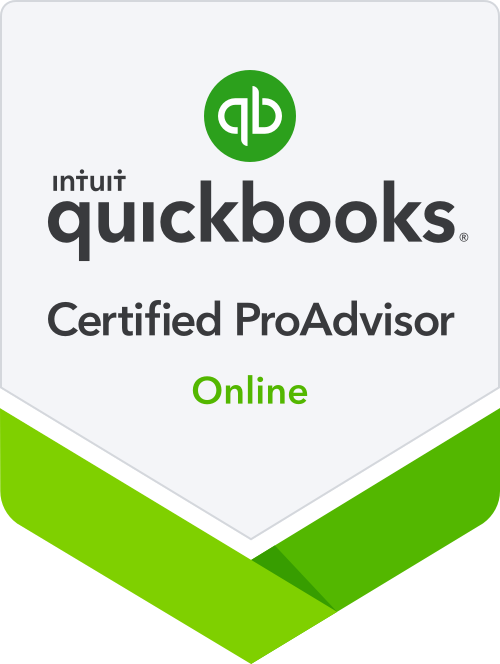Understanding the Different Financial Statements
Successfully managing your business relies on a full understanding of the different financial statements that shed light on operations and financial health. Not only do strong management decisions come from understanding the financial statements, but investors and lenders often require these forms, making it crucial to comprehend for compliance.

Statement of Income
The first financial statement is the income statement. This document outlines how profitable your company was for a certain period of time, which is usually one year. Every income and expense transaction will be categorized to generate the bottom-line number, known as net income.
The main goal of the income statement is to show the profitability of the company after considering all related business expenses. This means that you want your net income number to be positive, indicating you earned more than you spent. On the contrary, a negative net income number highlights that you spent more than you earned.
Balance Sheet
The next financial statement you should understand is the balance sheet. The balance sheet outlines the business assets, liabilities, and stockholder’s equity. Assets are everything your company owns, such as your checking account, accounts receivable, inventory, and fixed assets. On the flip side, your liabilities are everything you owe like accounts payable, accrued wages, and notes payable.
Finally, stockholder’s equity is everything you’ve contributed, withdrawn, and earned in the company. The shares outstanding are also found here. The net income from the income statement will be found in this category. A key component of the balance sheet is that your assets must equal your liabilities plus equity. This means that for every transaction your business incurs, you will have an entry to the income statement and balance sheet.
Statement of Stockholder’s Equity
As we touched on before, stockholder’s equity is found on the balance sheet; however, Generally Accepted Accounting Principles requires a separate statement outlining the transactions in this category. Stock transfers, monetary contributions, property contributions, distributions, and net income are the main line groups found on this statement. The total will then be found on the balance sheet.
Statement of Cash Flow
The final financial statement you may encounter is the cash flow. This statement focuses on the transactions in the cash account for the period. There are three main categories of items found on this statement: operating, investing, and financing. The operating category includes changes in your balance sheet accounts between periods plus net income.
The investing category highlights purchases of fixed assets and other investments while the financing category focuses on outstanding loans and contributions. To tie this financial statement, your beginning cash balance, which is usually December 31 of the prior year, must equal your ending cash balance after adding or subtracting the three categories of expenses.
Summary
These four financial statements are critical to understand to stay in compliance with investors and lenders and to produce accurate information for your tax returns. However, the information found in these statements comes from solid bookkeeping procedures in your accounting function.
If you currently lack the necessary procedures or are struggling to keep up with monthly items, contact Gordian Financial whose team of experts can take this burden off your plate, allowing you freed up time and accurate data to produce financial statements.
Reach out to a team member today for more information.











